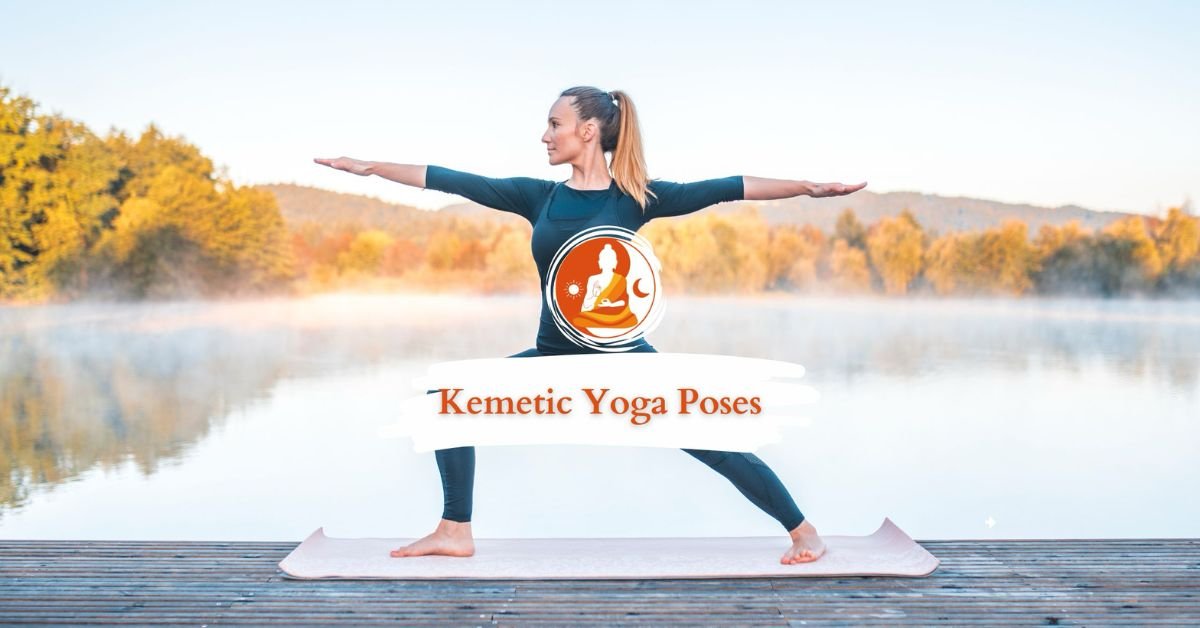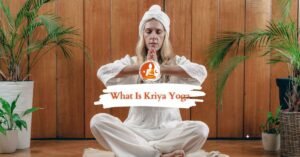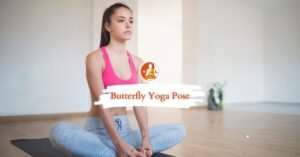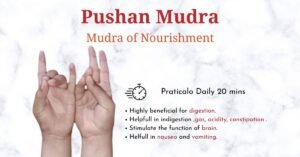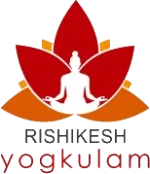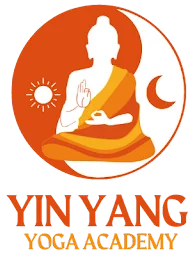Kemetic yoga is a type of yoga that is derived from the ancient Egyptian culture and uses specific poses, breathing patterns, and meditative practices to stimulate power points in the body. Kemetic yoga poses strive to achieve harmony at the bodily, mental, and spiritual dimensions. Kemetic translates to ‘of Egypt’ and thus, this type of yoga draws its references from ancient Egyptian cosmology.
Kemetic yoga is an effective practice that is accessible for people to gain muscle tone, flexibility, and focus. It is comparatively simple when compared to other types of yoga. This makes kemetic yoga an easy practice to follow for the novice. Sitting or standing postures activate different chakras where energy flow is initiated. Thus, deep breathing and visualization take the mind on a ride.
This comprehensive exercise fosters the integration of body and mind. Kemetic yoga discourages the use of music during practice while it permits you to take time and reflect on yourself. While transitioning from one sequence to another, it is critical to take a brief emotional scan. This encourages the act of introspection for the development of self.
Table of Contents
ToggleKey Benefits of Kemetic Yoga Poses
Kemetic yoga, inspired by the traditional practices of ancient Egyptian culture and science, is a holistic approach to wellness. Its unique combination of physical postures, control over breathing, and meditation encourages physical health, clarity of the mind, and spiritual connection.
1. Increased mobility and flexibility of joints: The postures and movements that are adopted in Kemetic yoga assist in stretching and elongating the muscles hence enhancing flexibility and mobility in the long run. This can help make daily tasks such as bending at the waist or reaching overhead more comfortable.
2. Stress relief. Similar to any other form of yoga: Kemetic yoga is very relaxing and can help in reducing stress levels. The aspects of breathing and meditation do support physical and mental relaxation, which reduces stress hormones.
3. Strength building: Kemetic yoga postures involve holding one’s body weight, thus contributing to the development of lean muscle tissue as well as the strength of the abdominal muscles.
4. Injury prevention: Since Kemetic yoga increases flexibility, balance, and strength, it can assist in lowering the risks of injuries caused by weakness or stiffness such as to the back or shoulders. Core strength also guards the spine so that a person can strengthen his or her body without causing harm to the spine.
5. Spiritual development: In addition, contrary to the other forms of yoga, Kemetic yoga has a spiritual aspect where the postures and movements are associated with the Kemetic gods. It provides personal time for some practitioners and their spiritual practice.
6. Community connection. Like other yoga practices offered in studios and classes, kemetic yoga training programs can act as the right medium to make people feel connected with other individuals as they join them in the same activity. The social relationship could be helpful in the improvement of mental health.
For some practitioners, the physical aspect of conditioning and the spiritual part of growth make Kemetic yoga a very wholesome practice of yoga. It also indicates that with continued practice over time, people can go through the whole gamut of effects.
Read Also: Yoga Poses for Two People
Getting Started with Kemetic Yoga
If you’re new to kemetic yoga, start by learning some foundational poses to open your body. Here are some beginner kemetic yoga poses to try:
Mountain Pose (Tadasana)
It is a basic standing pose that helps in understanding the alignment and setting up the intention. Start with feet in parallel or slightly wider than shoulder width, with toes pointed directly forward. Contract leg muscles and lift the kneecaps as high as possible. Unclench your fists and drop your arms, letting them swing at your sides. Tuck the chin down to extend your spine vertically and align the head directly over the pelvis. Blink or look slightly ahead.
Tree Pose (Vrkasana)
Tree pose helps in strengthening the legs and the abdominal muscles as well as the back muscles. You should now shift your body weight to the left leg. Then, slowly bend your right knee and place the sole of your right foot on your left inner thigh. Squeezing with the ball of your standing foot, raise the arms above the head with the palms facing each other. Try to complete 5 breaths in and out before changing the position to the other side.
Cat-Cow Pose (Marjari Asana)
In cat-cow, try to match your breathing with motion. To start this exercise, the person should bend down and get on their hands and knees but ensure that their back is flat. Inhale, round your back, tuck your chin to your chest, and pull your belly button towards the floor (cow pose). Breathe out, pull your belly towards your back, and round your spine (like a cat). Repeat 5-10 times.
Kemetic Yoga Poses Based on Egyptian Deities
Some of the poses have names and meanings that are drawn from ancient Egyptian deities. These entities reflect characterizations and strengths that our bodies can develop. For instance, the lioness deity named Sekhmet represents the idea of strength for a constructive purpose. If you need something to empower your inner healer, Warrior I Pose is what you need.
Warrior I Pose (Sekhmet)
Starting from the down dog, place your right foot between your hands and step forward into a lunge. Swing your back foot through and, at the same time, practice lifting your upper body and arms as high as you can. Bring your front thigh parallel to the ground and ensure that the knee aligns with the ankle. Bend towards the front leg, but do not sit on it. Stay in that position for at least 30 seconds before changing the side.
Multiply your energy by connecting with the scorpion goddess Serket in a Revolved Side Angle Pose.
Revolved Side Angle Pose (Serket)
From the mountain pose, move the feet. The first position is to turn the right toes out to 90 degrees. Take your right leg and flex it at the knee so that you are now bending the knee over the foot or the ankle. Stand with your left hand on your right thigh and your right arm aloft directly vertically above your head. Twist through the belly and spine to bring the right shoulder back and then look down at the ground beneath the right arm. Do it for 30 seconds and then switch to the opposite side.
Gain the expansive patience of sky god Horus through the Extended Side Angle Pose.
Extended Side Angle Pose (Horus)
From a downward-facing dog, step right foot forward into a low lunge. Place your right forehand on your lap, with your fingertips touching. Extend the left arm up to the side of the body, thus initiating the left-side-body extension. It is also acceptable for the head to tilt back slightly with the eyes looking upwards. Flip over after one minute.
There are more poses in Kemetic yoga called Osiris, Isis, Anubis, Thoth, and other figures of ancient Egyptian culture to try, according to your spiritual desires.
Also Read: Yoga Poses for Weight Loss
Practice Kemetic Meditation
In addition to the physical transitions, kemetic meditation employs visualization, chanting, and breathing to achieve higher stages of consciousness.
The posture that you take should involve a long spine, and this can be done sitting or lying down on the back with a rolled-up towel or a small pillow placed under the knees. Let yourself take a few deep breaths and keep your eyes shut for a few moments to ground yourself. Next, do a soft focus on the third eye chakra which is located between your eyebrows.
Mentally repeat affirmations or Aum Ank Ra while maintaining deep belly breaths at the same time. Picture some light entering your third eye and flowing through your body with boundless energy from the universe. Perform this meditation after the yoga chimes or any time that you need to be spiritually washed and renewed.
FAQs Section!
A. Kemetic is derived from Kemet, which is the native Egyptian term used for their country, which translates as ‘the black land’ because of the dark soil. Thus, Kemetic is associated with the culture and spiritual beliefs of ancient Egyptian civilization.
A. Kemetic yoga is a form of yoga therapy that uses yoga asanas, pranayama, and meditation rooted in Kemet or ancient Egypt. It is aimed at reviving energy in the body by associating motion with spiritual attributes.
A. Kemetic yoga is for everyone! It has a component of exercise that is soft enough for people who just have to start exercising, plus there is a spiritual value to it. It may work for individuals of any age, gender, and health status with any type of body and any kind of belief.
A. Ideally, you should strive to incorporate it once or twice a week for the sake of balancing your mind and body. A Kemetic yoga flow can be as short as 15-30 minutes and still cause positive impacts. This can be done daily depending on the timetable as well as the energy level that one is willing and able to devote to practice.
A. Like traditional yoga, Kemetic yoga involves physical movement, but the movements are more fluid and less structured than the postures found in most yoga systems. It places much emphasis on meditation, chanting, and the use of the vital energies known as the chakras.
A. Casual wear such as stretch jeans, leggings, T-shirts, and going shoeless are allowed as the exercises are fluid. Proper fabrics that allow air to pass through and provide a lot of free space also assist in practice.
A. Yes, kemetic yoga has modifications for pregnancy in every stage of pregnancy, that is, the first, second, and third trimesters. Seek professional advice before beginning and pay attention to your body signs while exercising.
A. Yes, Kemetic yoga does enhance flexibility gradually but it is not like other forms of yoga that place much emphasis on flexibility. It is an effective way to perform successive movements that allow performing the movements of the entire range within certain limits. Prioritizing breathing prevents overexertion.
A. Yes, Kemetic yoga sequences assist in strengthening muscles and the endurance of the muscles. The mindful movement helps to keep the muscle in a mild contraction while some of the poses involve the use of the body weight. You should also prepare for relatively proportional development of all the muscle groups in the body with consistent practice.
A. Kemetic yoga can effectively support weight loss endeavors in terms of lean muscle mass and calories spent during the exercise session. However, the spiritual principles are more effective in emphasizing balance and acceptance as opposed to the figures of weight.

